- Replies 8
- Views 1.2k
- Created
- Last Reply
Top Posters In This Topic
-
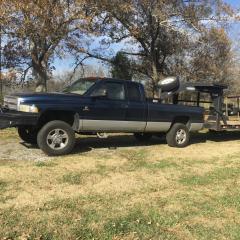 Andyba20 4 posts
Andyba20 4 posts -
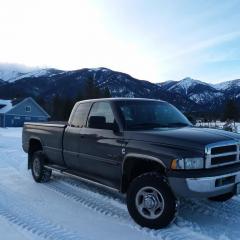 Tractorman 3 posts
Tractorman 3 posts -
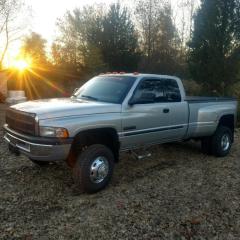 Max Tune 1 post
Max Tune 1 post
Popular Days
Most Popular Posts
-
@Max Tune, I don't know any source of information regarding the strength of the truck frame where the hitch receiver mounts. I tried to get that information from Etrailer.com, but I just got a canned


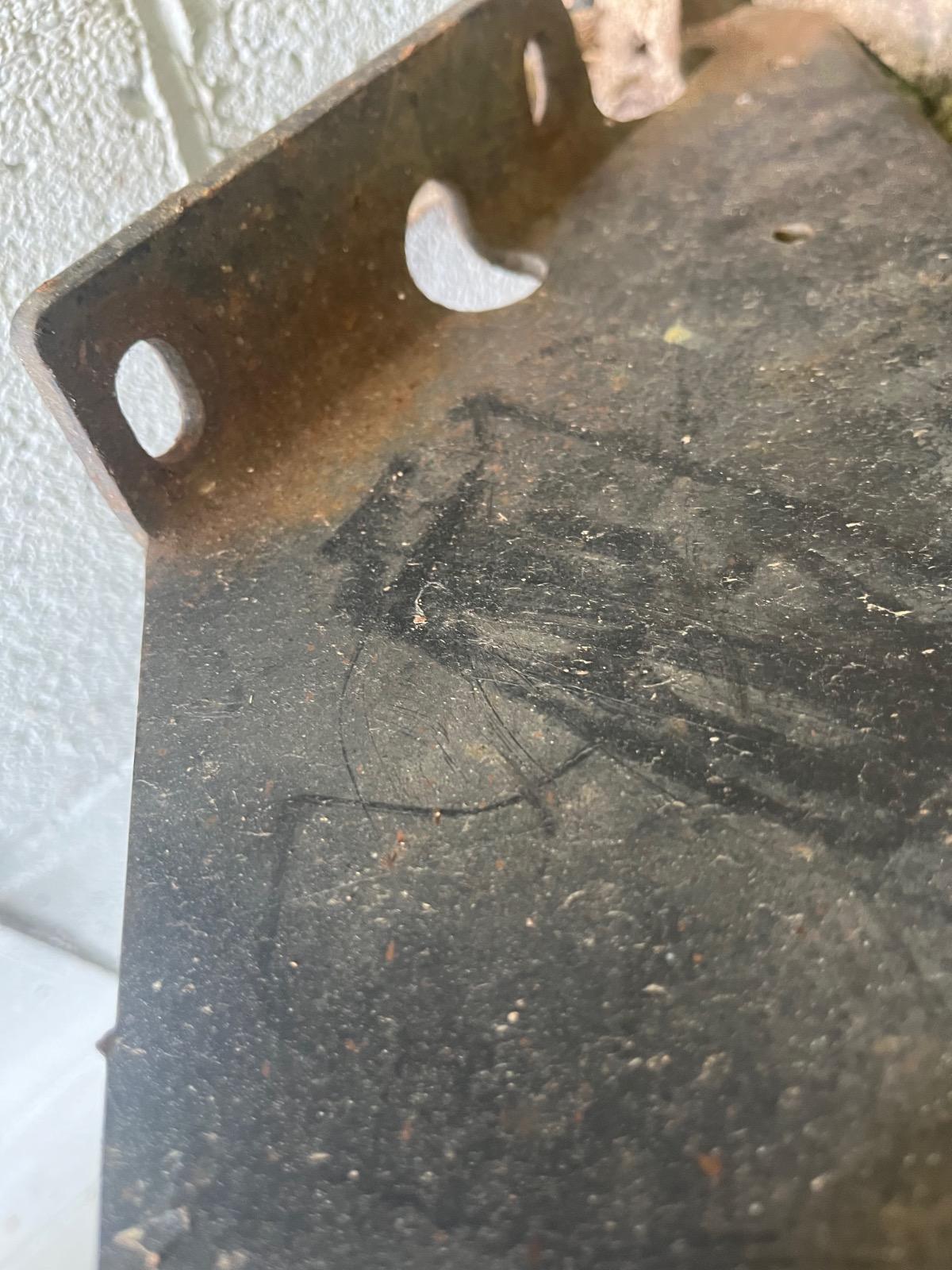
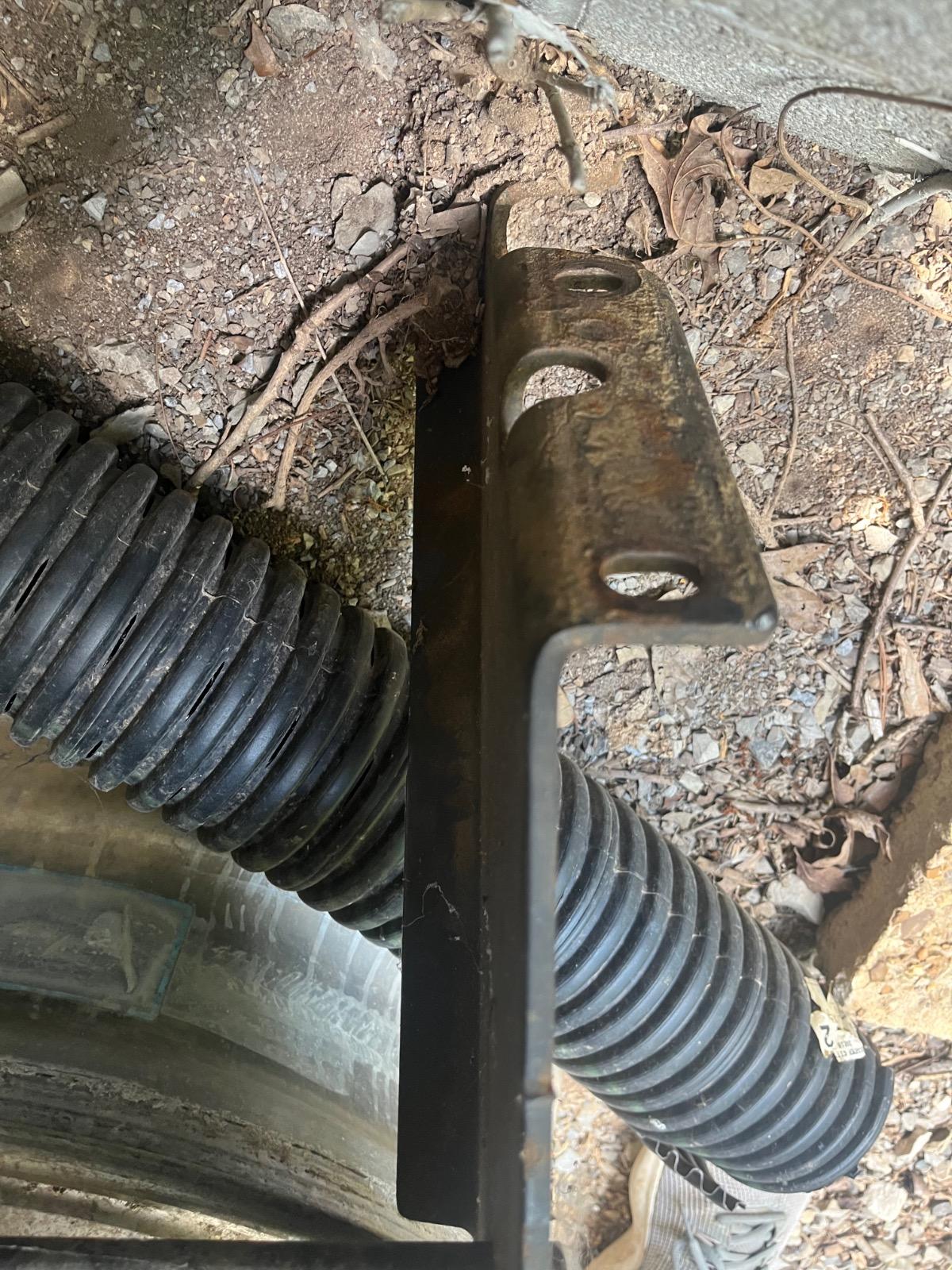
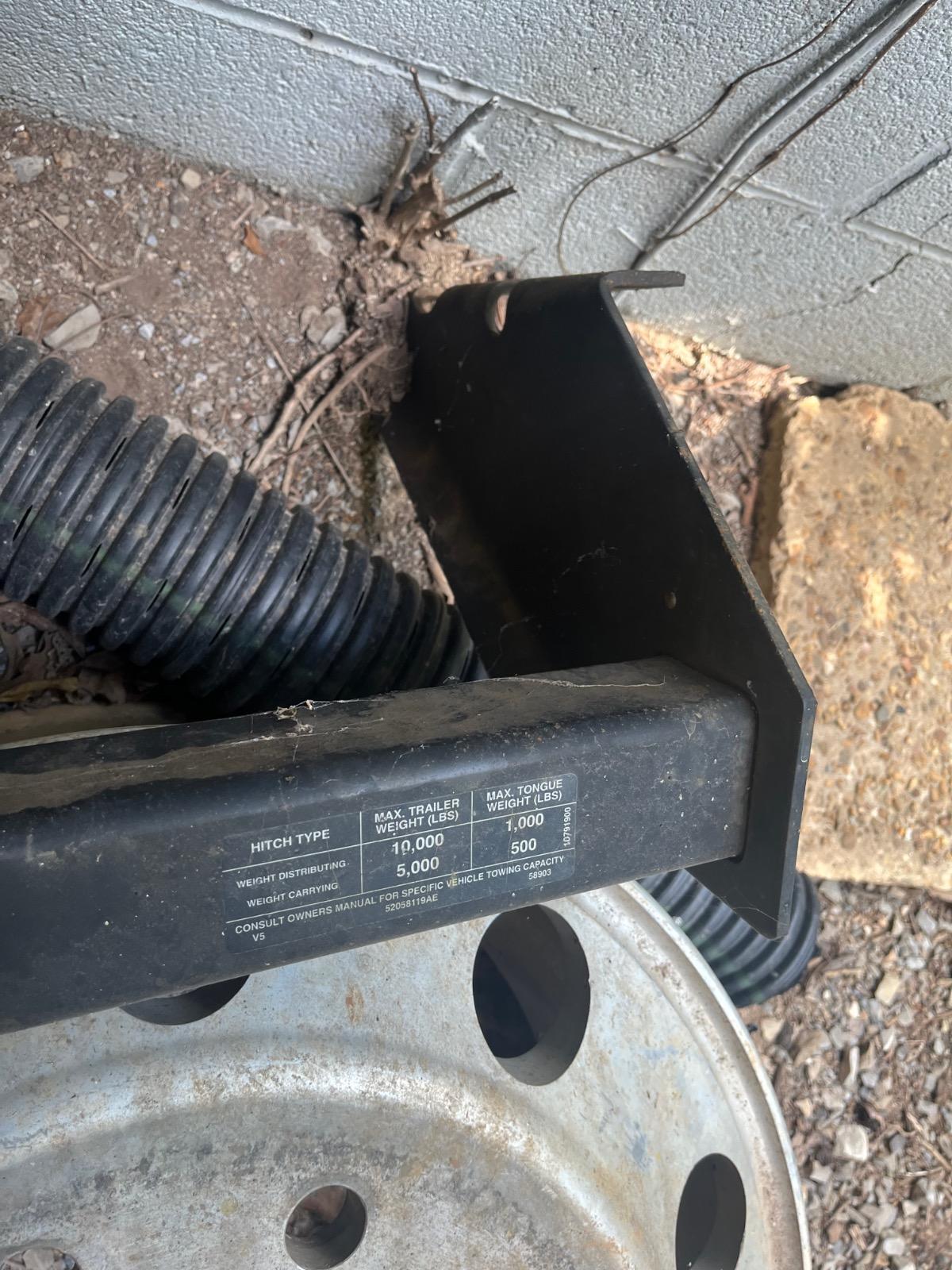
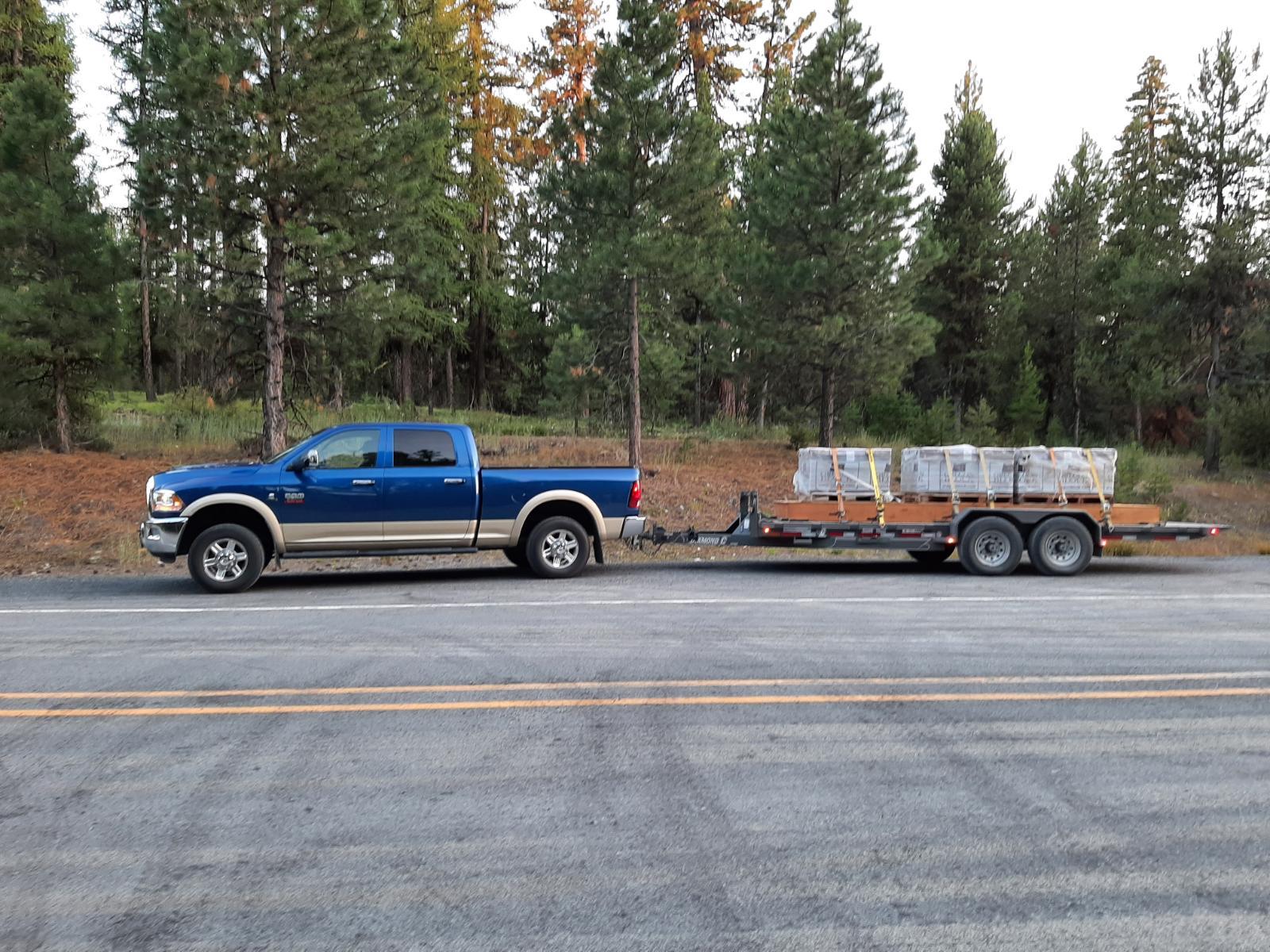
About a month ago I experienced a hitch receiver failure on my 2002 2500 4WD Long Bed truck equipped with a Cummins engine and a manual 6 spd transmission. Although I have inspected the hitch many times over the years, I overlooked a critical area during those inspections. The hitch-to-frame fasteners (four on each side) were always tight. However, a couple of inches away from the fasteners (at the first 90 bend in the hitch receiver flange) is where the separation occurred. It started on the left rear side of the hitch receiver (a long time ago) and continued forward until the hitch receiver dropped away from the truck frame as I was pulling off to the side the road. Only the right side of the hitch receiver stayed connected to the frame while I finished pulling off to the side of the road.
There are several things that attributed to this hitch receiver failure - most of which is on me. Closer detailed hitch inspections and using the hitch within its rated capacity would have gone a long way toward this event never happening.
The OEM hitch receiver is rated as follows (a sticker is located on the hitch receiver). These are maximum ratings:
With Weight Distribution …..... 10,000 lbs trailer weight, 1,000 lbs tongue weight
Weight Carrying …………………. 5,000 lbs trailer weight, 500 lbs tongue weight
I never paid attention to the Weight Carrying maximum - a serious oversight. The first few years of the truck’s life I occasionally hauled a 6,000 lb equipment trailer and a 10,000 lb dump trailer without the use of a weight distribution hitch. Since 2013, I have always used a weight distribution hitch.
The gross combined weight when the hitch receiver failure occurred was just under 20,000 lbs with 11,300 lbs on the trailer. The weight on the tongue was set to 1,200 lbs while loading the trailer.
The next day I removed the hitch receiver and laid it out on the tailgate. In the photo below you can see the broken flanges (all on the left side) and one broken mounting flange on the right side. On the left side only one mounting tab showed a fresh tear, the rest had rust on them for some time. The right rear tab was also rusted, so it had been broken for a long time as well.
This incident prompted me research hitch receiver ratings and hitch terminology in general. I was not impressed with the research results. Basically, what I found was that OEM hitch receivers on Dodge Ram 2500 trucks up to around year 2013 are rated as follows. These are maximum ratings:
With Weight Distribution …..... 12,000 lbs trailer weight, 1,200 lbs tongue weight
Weight Carrying …………………. 5,000 lbs trailer weight, 500 lbs tongue weight
My neighbor and I used his 2011 Dodge Ram Cummins 2500 to rescue my trailer on top of the pass. We couldn’t use my weight distribution hitch because his hitch pin was frozen in place.
It wasn’t until the next day that I realized that we had seriously abused his hitch receiver (maximum weight carrying - 5,000 lbs, maximum tongue weight - 500 lbs). However, after close inspection, all is well.
One thing that sticks with me through all of this is that there is no safety margin with the OEM hitch receiver ratings on the years of trucks mentioned. The sticker on the hitch receiver is the only place where I found weight carrying information on my truck. There was no sticker on my neighbor’s 2011 truck. My owner’s manual had information about maximum load capacities with use of a weight distribution hitch, but no weight carrying information. The owner’s manual for the 2011 truck had no towing information and referred to the “ramtrucks.com” site for towing information.
I have since installed a Curt 16,000 lb bolt-in hitch receiver which allows for 16,000 lbs towing and 2,400 lbs weight carrying (with or without weight distribution). May be a bit overkill since my trailer load maximum weights won’t change, but there certainly will be a greater margin of safety. My neighbor has ordered a 15,000 lb hitch receiver for his truck.
Just thought I would share my towing experience and maybe trigger some hitch receiver inspections on some older trucks.
- John
Edited by Tractorman